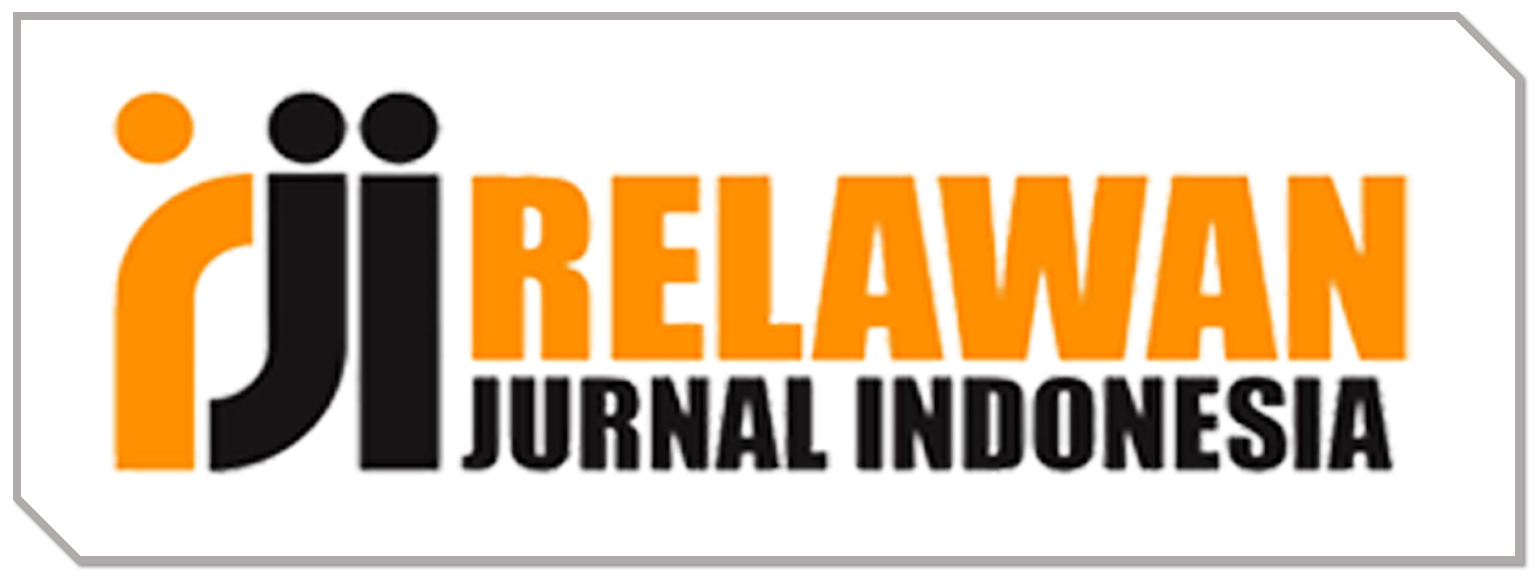Philanthropy in The Creative Economy Sector: Challenges and Opportunities
DOI:
https://doi.org/10.70901/2k9mea05Keywords:
Creative Economy, Philanthropy, Economic GrowthAbstract
This study examines the role of philanthropy in the creative economy sector, focusing on the challenges and opportunities faced through a literature review. The creative economy plays a vital role in economic growth and cultural development, while philanthropy provides critical resources to support creative initiatives. However, the integration of philanthropy in this sector faces several challenges, including alignment between philanthropic goals and the needs of the creative industry, equitable distribution of funds, and evaluation of the impact of philanthropic contributions. The literature suggests that philanthropy can enhance innovation and cultural diversity, but there is a gap in understanding and communication between philanthropists and creative professionals. The effectiveness of philanthropic efforts is often hampered by bureaucracy and a lack of strategic alignment. Opportunities to enhance the role of philanthropy include strengthening collaboration between philanthropic organizations and creative actors, leveraging technology for more efficient fund distribution, and developing metrics to measure the impact of philanthropic investments. This study suggests that a more strategic, inclusive, and transparent approach to philanthropy in the creative economy sector could unlock substantial benefits, promoting innovation, cultural enrichment, and economic resilience. This study provides important insights for developing best practices in philanthropic engagement in the creative economy sector, ensuring that the needs of diverse creative communities are met and sustained.
Downloads
References
Activity Report 2023. (2023). Retrieved July 30, 2024, from European Cultural Foundation website: https://culturalfoundation.eu/downloads/
Chen, Y. (2021). Internet Philanthropy in China. Singapore: Springer Singapore. https://doi.org/10.1007/978-981-16-2566-4
Chesbrough, H. W. (2003). Open innovation: The new imperative for creating and profiting from technology. Harvard Business Press. Retrieved from
Christou, P., Hadjielias, E., & Farmaki, A. (2019). Reconnaissance of philanthropy. Annals of Tourism Research, 78, 102749. Retrieved from https://www.sciencedirect.com/science/article/pii/S0160738319301069
Dixon, E. J. (2020). Charities from Below?: The cases of the emergence, evolution and resourcing strategies of Philanthropic Actions in the Creative and Cultural Industries in Jamaica (PhD Thesis, Goldsmiths, University of London). Goldsmiths, University of London. Retrieved from https://research.gold.ac.uk/id/eprint/29212/
Dodgson, M., & Gann, D. (2020). Philanthropy and Innovation. In M. Dodgson & D. Gann, Philanthropy, Innovation and Entrepreneurship (pp. 35–64). Cham: Springer International Publishing. https://doi.org/10.1007/978-3-030-38017-5_3
Domenech, R. B., Molina, B. D. M., & Köster, P. R. (2023). The impact of cultural and creative industries on the wealth of countries, regions and municipalities. In Rethinking Culture and Creativity in the Digital Transformation (pp. 170–190). Routledge. Retrieved from https://www.taylorfrancis.com/chapters/edit/10.4324/9781003332374-10/impact-cultural-creative-industries-wealth-countries-regions-municipalities-rafael-boix-domenech-blanca-de-miguel-molina-pau-rausell-k%C3%B6ster
Donelli, C. C., Rentschler, R., Fanelli, S., & Lee, B. (2023). Philanthropy patterns in major Australian performing arts organizations. Journal of Management and Governance, 27(4), 1367–1396. https://doi.org/10.1007/s10997-022-09657-2
Du, T., & Sun, B. (2024). Youth Philanthropy and Social Integration A Functional Study. The Young Thinker’s Review, 2024(1), 8–14. Retrieved from https://www.cambridgepublish.com/ytr/article/view/22
Florida, R. (2011). “The Creative Class”: From The Rise of the Creative Class: And How It’s Transforming Work, Leisure, Community and Everyday Life (2002). In The City Reader (pp. 175–181). Routledge. Retrieved from https://www.taylorfrancis.com/chapters/edit/10.4324/9780203869260-28/creative-class-rise-creative-class-transforming-work-leisure-community-everyday-life-2002-richard-florida
Fuentenebro, P. (2020). Will philanthropy save us all? Rethinking urban philanthropy in a time of crisis. Geoforum, 117, 304–307. Retrieved from https://www.sciencedirect.com/science/article/pii/S0016718520301895
Giloth, R. (2019). Philanthropy and Economic Development: New Roles and Strategies. Economic Development Quarterly, 33(3), 159–169. https://doi.org/10.1177/0891242419839464
Hartini, S., Sulistiawan, J., Kurniawati, M., & Ihwanudin, M. (2021). From practice to theory: White ocean strategy of creative industry in east java Indonesia. Review of International Geographical Education Online, 11(5), 4214–4222. Retrieved from https://repository.unair.ac.id/118551/
Hartnell, C. (2020). Philanthropy in indonesia. Association with Alliance, Filantropi Indonesia, Indonesia for Humanity and WINGS, February, 1–67. Retrieved from http://researchinstitute.penabulufoundation.org/wp-content/uploads/2020/02/Philanthropy-in-Indonesia-Feb-2020.pdf
Harvey, C., Gordon, J., & Maclean, M. (2021). The Ethics of Entrepreneurial Philanthropy. Journal of Business Ethics, 171(1), 33–49. https://doi.org/10.1007/s10551-020-04468-7
Howkins, J. (2002). The creative economy: How people make money from ideas. Penguin UK.
Jordan, J., & Jindal, R. (2020). Problematising Philanthropy in the UK Cultural Sector. In R. Granger (Ed.), Value Construction in the Creative Economy (pp. 67–84). Cham: Springer International Publishing. https://doi.org/10.1007/978-3-030-37035-0_4
Kah, S., & Akenroye, T. (2020). Evaluation of social impact measurement tools and techniques: A systematic review of the literature. Social Enterprise Journal, 16(4), 381–402. Retrieved from https://www.emerald.com/insight/content/doi/10.1108/SEJ-05-2020-0027/full/html
Khalepa, O. (2021). Practical Aspects Of Fulfilling The Post-Industrial Heritage With Innovative Media Art Practices. Scientific Journal of Polonia University, 49(6), 28–34. Retrieved from http://pnap.ap.edu.pl/index.php/pnap/article/view/808
Osili, U., Kou, X., Carrigan, C., Bergdoll, J., Horvath, K., Adelman, C., & Sellen, C. (2020). Global philanthropy tracker 2020. Retrieved from https://scholarworks.iupui.edu/bitstream/1805/24144/3/GPT_report_2020-3.pdf
Philanthropy for Climate and Nature. (2023). Retrieved July 30, 2024, from World Economic Forum website: https://www.weforum.org/communities/gfc-on-the-future-of-climate-philanthropy/
Schramme, A., Müller, U., Verboven, N., & D’hoore, L. (2024). Cultural Philanthropy and Entrepreneurship. Taylor & Francis.
Soni, V., Saxena, P., Moid, S., Saxena, A., & Mehta, M. (2024). Identifying the dimensions of philanthropic CSR in the FMCG sector: Agenda for the sustainability of business. Corporate Governance: The International Journal of Business in Society, 24(3), 682–700. Retrieved from https://www.emerald.com/insight/content/doi/10.1108/CG-05-2023-0224/full/html
Trade and Development Report 2023 | UNCTAD. (2023). Retrieved July 30, 2024, from https://unctad.org/publication/trade-and-development-report-2023
Usman, H., Mulia, D., Chairy, C., & Widowati, N. (2022). Integrating trust, religiosity and image into technology acceptance model: The case of the Islamic philanthropy in Indonesia. Journal of Islamic Marketing, 13(2), 381–409. Retrieved from https://www.emerald.com/insight/content/doi/10.1108/JIMA-01-2020-0020/full/html
Williamson, A., Scaife, W., Crittall, M., & Rossi, S. (2019). The Impact of Philanthropy in the Environment Sector. Retrieved from https://eprints.qut.edu.au/203111
Wo, B. (2023). Philanthropist’s Guide To Giving, A: Asia-based Insights From Asia Philanthropy Circle. World Scientific.
World Giving Index. (2023). Retrieved July 30, 2024, from https://www.cafonline.org/insights/research/world-giving-index
Downloads
Published
Issue
Section
License
Copyright (c) 2024 Mohamad Nur Efendi, Selvina Khomairoh

This work is licensed under a Creative Commons Attribution 4.0 International License.









